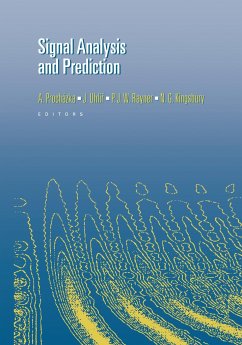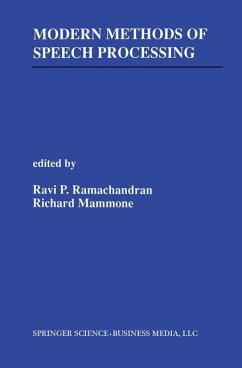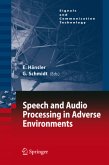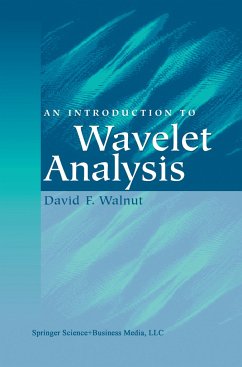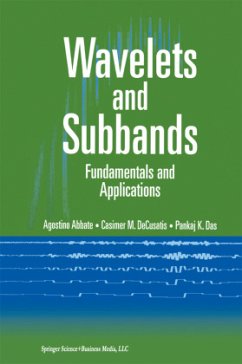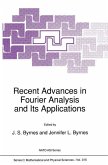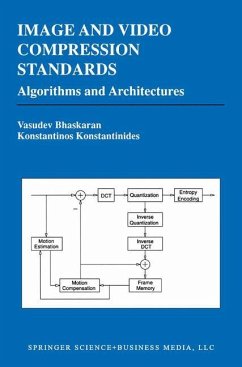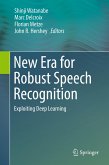Methods of signal analysis represent a broad research topic with applications in many disciplines, including engineering, technology, biomedicine, seismography, eco nometrics, and many others based upon the processing of observed variables. Even though these applications are widely different, the mathematical background be hind them is similar and includes the use of the discrete Fourier transform and z-transform for signal analysis, and both linear and non-linear methods for signal identification, modelling, prediction, segmentation, and classification. These meth ods are in many cases closely related to optimization problems, statistical methods, and artificial neural networks. This book incorporates a collection of research papers based upon selected contri butions presented at the First European Conference on Signal Analysis and Predic tion (ECSAP-97) in Prague, Czech Republic, held June 24-27, 1997 at the Strahov Monastery. Even though the Conference was intended as a European Conference, at first initiated by the European Association for Signal Processing (EURASIP), it was very gratifying that it also drew significant support from other important scientific societies, including the lEE, Signal Processing Society of IEEE, and the Acoustical Society of America. The organizing committee was pleased that the re sponse from the academic community to participate at this Conference was very large; 128 summaries written by 242 authors from 36 countries were received. In addition, the Conference qualified under the Continuing Professional Development Scheme to provide PD units for participants and contributors.

